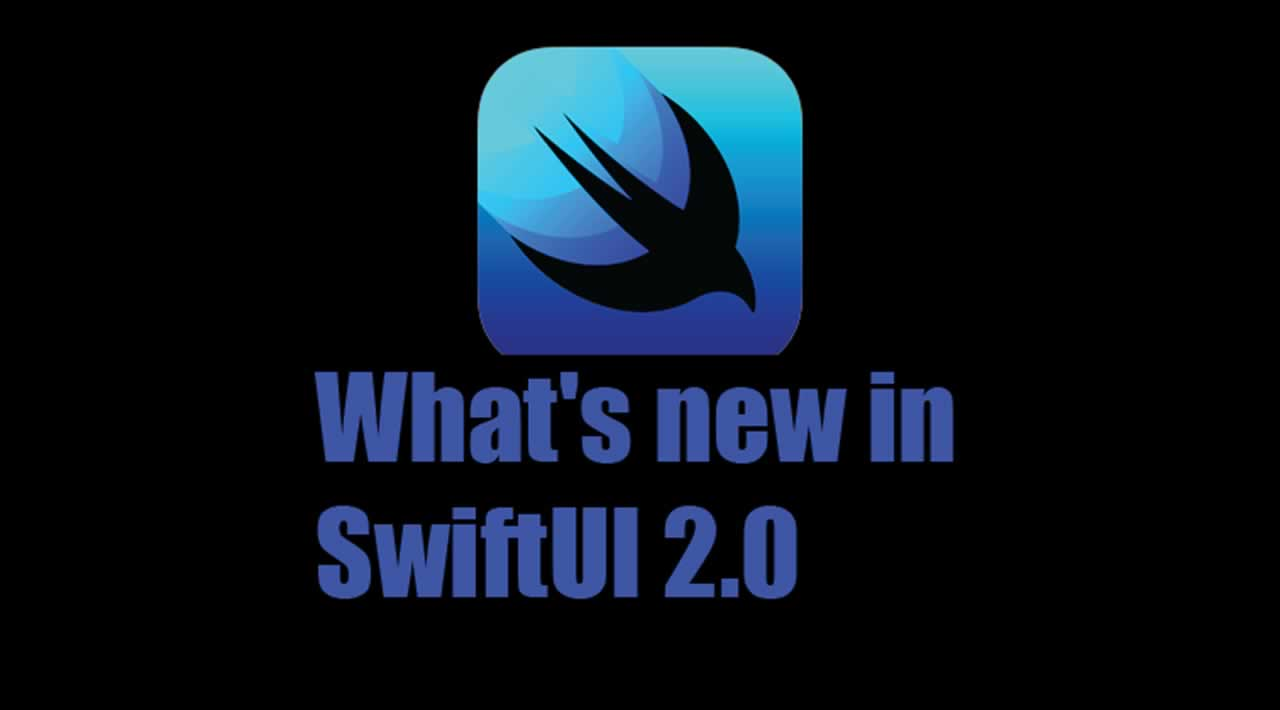Apple’s SwiftUI announcement during last year’s WWDC (2019) was a welcomed surprise for Apple devs. The framework embraces a more declarative and reactive approach to building user interfaces—a complete paradigm shift from interface builder and storyboards. In a way, SwiftUI brings the joys of Swift to UI-building, signaling a coming departure of Objective-C inspired systems.
SwiftUI 1.0 (unofficial versioning), though, proved to still be somewhat a prototype framework, showing signs of its infancy. There were:
- Bugs with the new Previews feature
- Lackluster and/or imprecise compilation errors
- Random compilation mismatches
- Lacking documentation
- Missing components that kept it from being robust enough to fully replace UIKit
This was to be expected, though. In fact, it was genius of Apple to release it, even in such an immature state. Looking over the past year, it seemed Apple’s bet was that there would be a growing community excited about their new framework. That community would dive into SwiftUI and provide feedback along the way. What we saw was that Apple was, indeed, listening, giving us their reactions with each new release of Xcode 11 throughout the year.
SwiftUI 2.0 (Unofficially)
Enter WWDC20, the first to happen completely virtually. While the format certainly changed, the excitement in the SwiftUI community was palpable. There were rumors and, therefore, expectations leading into it, especially around SwiftUI.
While it was known that WWDC20 and Xcode 12 would provide a larger bundle of improvements to SwiftUI (compared to the scattered Xcode 11 updates), developers were pleasantly surprised to find that Apple went beyond expectations. In fact, it became abundantly clear that SwiftUI had jumped into primetime, becoming a vastly more mature and fully-formed UI framework.
A huge chunk of the 100+ sessions were specifically on SwiftUI and the latest offerings and syntax additions/changes. Beyond that, many other sessions on some of the latest OS features and offerings included SwiftUI because they now required it (more on that later). The result was a great number of awesome and mature changes that sent the message that SwiftUI is now ready to be a core UI framework.
#heartbeat #wwdc20 #swift #ios-app-development #swiftui
